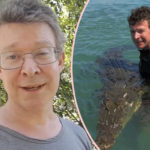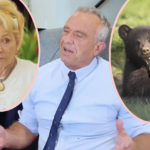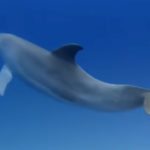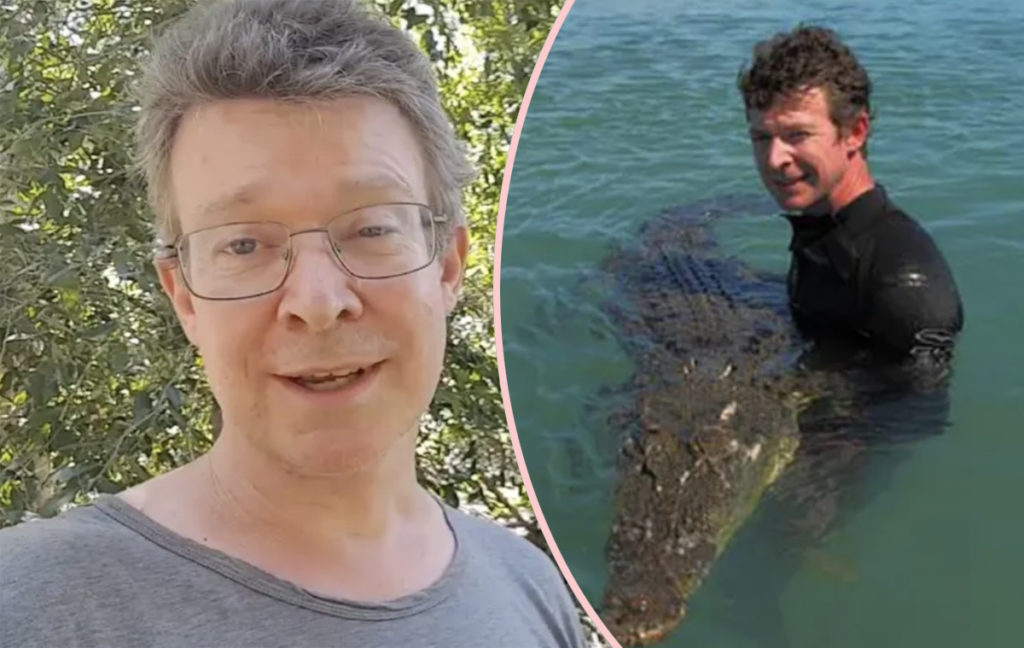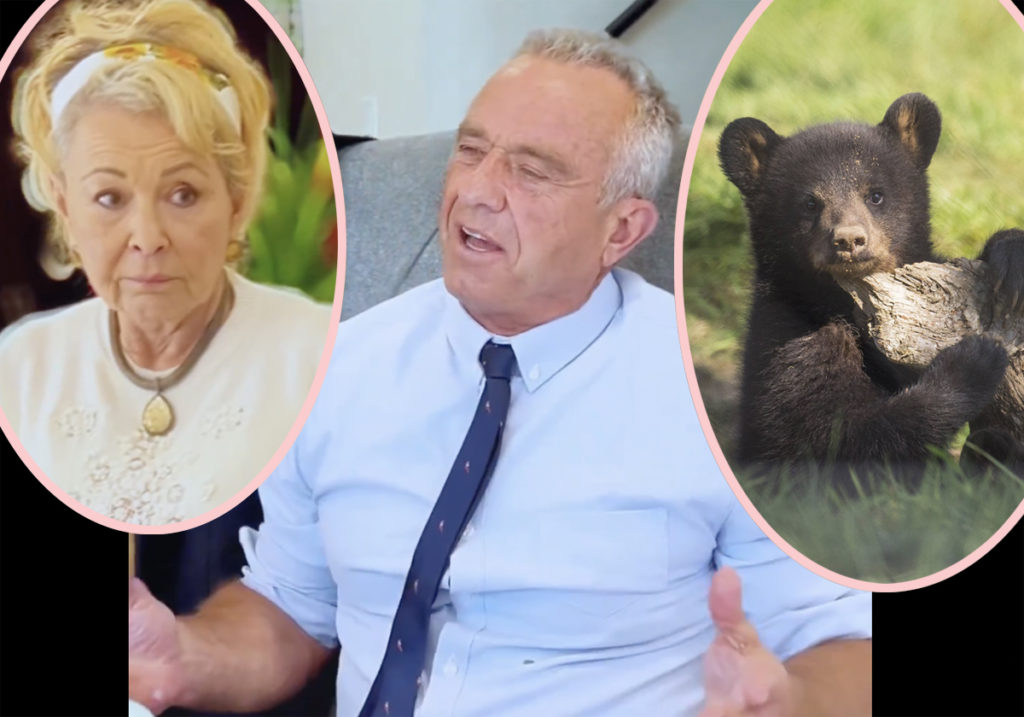
So, so sad…
Last month, the baby of an orca whale, known as J-35, died half an hour after its birth, according to the New York Times.
According to the CBC, the mother had been sparking worry that she might tire herself out after carrying her dead baby’s body for over a week. Now, members of her pod are taking turns balancing the baby killer whale’s carcass on their noses near San Juan Island, Washington.
The mother is currently on her tenth day of mourning.
Related: SeaWorld Finally Ends Controversial Killer Whale Show!
Jenny Atkinson, director of the Whale Museum on San Juan Island, said:
“We do know her family is sharing the responsibility of caring for this calf, that she’s not always the one carrying it.”
Atkinson believes this could be the orcas’ version of a human wake or funeral.
“Ceremonies can go on for days to honor and mourn the loss of a loved one… I think that what you’re seeing is the depth of importance of this calf and the grief of the mother and the family.”
Unfortunately, the calf isn’t the only member of the 75-member family who is enduring a hardship.
According to ABC News, a 4-year-old female orca — known as J-50 — is so emaciated that federal biologists are now weighing several options, from doing nothing to feeding it live salmon dosed with medication.
Michael Milstein, a spokesman with National Oceanic and Atmospheric Administration Fisheries, said:
“Everything is on the table. We’re working on every possibility to help… The feeling is it’s quite urgent given the whale’s condition.”
NOAA Fisheries, however, would need federal approval before they put a plan into action.
The Southern Resident killer whale population has not had a successful birth in years. In about 20 years, only 25 percent of the population’s newborns have survived, according to the Center for Whale Research via the Times. Thus, it is important to keep J-50 healthy because she is the future of the population.
Whale experts are collecting fecal samples from both J-35 and J-50 to keep tabs on their health.
The whales are listed as endangered in both the U.S. and Canada.
[Image via WENN.]


